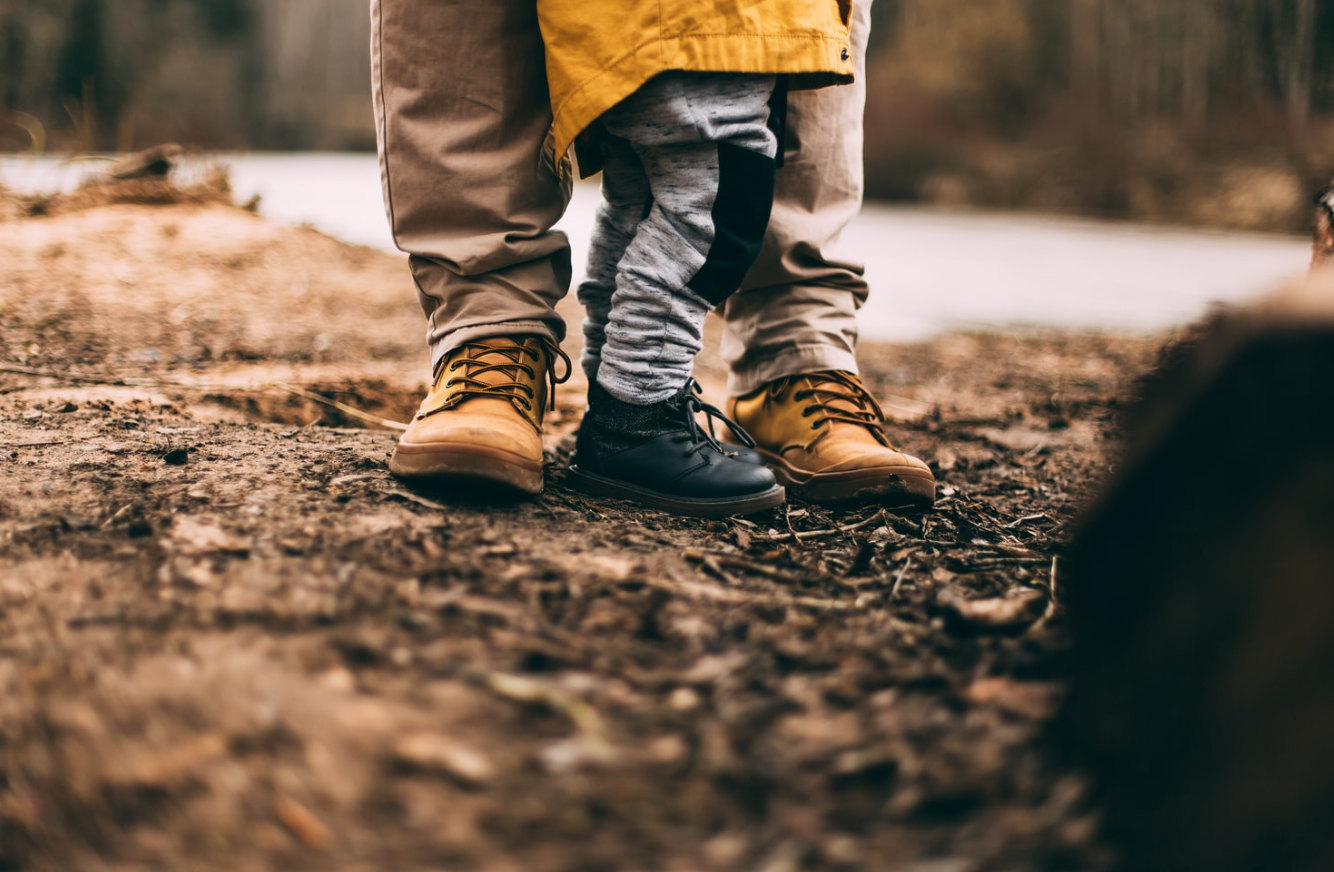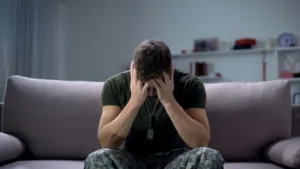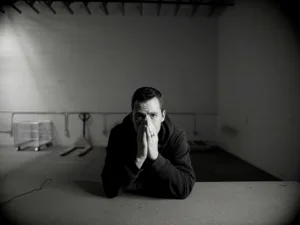By Megan Hall, LCSW
Hey Parents, specifically white parents, I wanted to take a moment and talk with you on how to talk about race and racism with your kids. Our jobs as parents became so much harder with COVID-19, and just as it seemed we were getting used to “the new normal”, the violence that has impacted the black community as a result of individual and systemic racism reached a much needed breaking point with the murder of George Floyd by the police.
As a white women, social worker and mother I am very committed to being antiracist and teaching those values and morals to my children. I also realize how hard this is. It is heavy and difficult, but it is also essential we learn to have discussions about race and racism with our children. I think many white people are like “how do I do that without scaring the shit out of my child”. This is a hard reality and our children are exposed to racism and discrimination daily, it is interwoven in our society.
Here are my tips on how to start and continue the discussion of race and racism with your children:
1. Fist do your own work. Read, listen to podcasts, watch documentaries. Remember that unpacking your white privilege is painful, hard and necessary. If you need help holding emotions and better understating how hidden bias’s are impacting you please reach out for support. I am happy to help.
2. Determine age appropriateness. For very young children (0-5) I think it is appropriate to talk about race and racism in broad terms. This is not new, it has been happening for a long time. Read books and watch movies with diverse heroes, written by people of color.
3. Don’t be afraid of the word Racism. For our school aged kiddos we can talk about Racism and call it just that. I found saying “Racism is when someone is treated unkindly or poorly because of the color of their skin” was a simple way my children could understand. Please be open to discussions that may develop from this.
4. Use co-regulation. Pay close attention to your child’s nonverbal messages. (ie: more fidgety, deer in headlights look), and name the emotions for your child and help them move through it. Model deep breathing or get up and move around with them.
In order for our country to heal we, as white parents, need to do better for our black, brown and indigenous brothers and sisters.
Now is the time to unpack the false and racist narrative most of us were taught and lean into actively teaching our children how to be antiracist. Again, this is complicated, messy, and can bring up so many different feelings. You do not have to process this alone. Please reach out to me when you are ready to begin these difficult discussions and self reflections. I am here with no judgment to hold the space and help you find effective ways to talk about race and racism with your children in the process.














